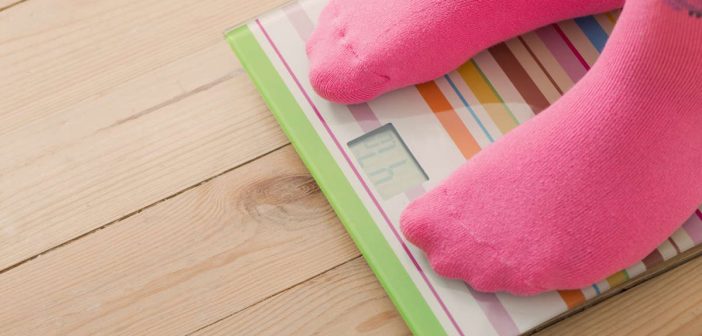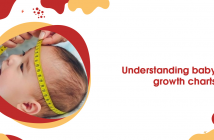During a counseling session with 15-year-old girl facing anxiety issues, she started discussing how dissatisfied she was with her appearance. She kept referring to herself as “fat”. She then went on to ask me if I felt her nose was too big. A friend had told her to consider a nose job. She continued to tell me that this friend was “perfect” and that she would throw up after meals to lose extra calories. “Was it okay to intentionally throw up” she asked me?
In the twenty first century, eating disorders in children have become a rising scourge. Data strongly suggest that there has been a steady increase in eating disorders over the past few decades. Eating disorders like anorexia, bulimia and binge eating are characterized by disordered patterns of food consumption. Children as young as five years of age are victims of it according to a recent report. According to another report, majority of the blame for the rise in eating disorders is being attributed to media images, advertising and celebrity bodies – things that have become more and more universal since the advent of Internet.
And the harms do not restrict to eating disorders only. A person’s issues with self-esteem, self-confidence, anxiety and mood also originate from dissatisfaction with their bodies. While there are some positives steps taken recently to curb the wrongful impressions formed through media, most notably by countries like France, which is trying to regulate the body mass index of models, these measures are few and far between. Besides, there is already a sense of dissatisfaction with bodies ingrained in adults and children, no matter which culture or country or era they have grown up in, which takes a while to deal with.
It is important therefore that you, the parent, help guard your child against issues with body image, self-perception and as a consequence, against eating disorders. Here are few pointers that will help develop a healthy body image for your child:
- Firstly, it is necessary that as a parent you understand that no two bodies are the same and the standards differ according to age, gender, ethnicity, body structure and genetics. Thus, the aim should not be to look a certain way or to be of a certain size, but to be fit and healthy. Once you follow this guideline for yourself and your child, your child will absorb it as well. Help your child understand that there is no one ideal body shape.
- Watch out for what comments you use for your children and also what they use for themselves. Don’t call your child “fat”. Talk to them about using terms as ‘ugly’. These are prejudices that get internalized by children.Even if they use these terms for others at first, children attach meanings with these terms. And if your child is discriminated against at any time, or feels that he/she fits the description of fat or ugly, it will be a big blow to their self-esteem.
- Try to build in them subjective standards of beauty and not objective ones. You can do this through discussions, stories and even movies.For example, the Lego movie, Shrek, Beauty and the beast Sisterhood of the travelling pants (for teen girls) any many more, which focus on the goodness of characters and not the appearance.
 Exercise and sports are a great way to help build a healthy body image. Research has shown that girls who are involved in physical activities tend to have better self-esteem. As the saying goes, a healthy mind resides in a healthy body and exercises and sports are the best way to develop both. Biologically speaking, not only do they aid in development and growth of the body, but also release hormones that protect against anxiety and stress.
Exercise and sports are a great way to help build a healthy body image. Research has shown that girls who are involved in physical activities tend to have better self-esteem. As the saying goes, a healthy mind resides in a healthy body and exercises and sports are the best way to develop both. Biologically speaking, not only do they aid in development and growth of the body, but also release hormones that protect against anxiety and stress.
- A difficult phase that brings about insecurity about ones body is pre-adolescence through adolescence. The body is changing, adult role models become ideals and peer pressure increases. At this juncture, parents need to discuss the approaching changes in their appearance and within them. Preparing children acts as a protection against insecurities that might arise. Show them your old pictures. Help them understand that all go through this awkward phase and that it shall pass.
 Finally, an important aspect of creating a healthy body image is nutrition. Research suggests that restrictive eaters, people who stop themselves from eating, are more likely to binge eat. The same has been found for children. Thus the goal is not to stop eating, but to make healthy choices. Do not introduce your children to junk food and processed food early on. Not only is it bad for health, the preservatives and additives can be harmful to the child’s growth and development. When your child is growing up, label junk food as sometime-food. Assign days when sometime-food would be eaten. By constantly saying ‘NO’ for certain foods, the child’s urge for those foods increase, leading to binging.
Finally, an important aspect of creating a healthy body image is nutrition. Research suggests that restrictive eaters, people who stop themselves from eating, are more likely to binge eat. The same has been found for children. Thus the goal is not to stop eating, but to make healthy choices. Do not introduce your children to junk food and processed food early on. Not only is it bad for health, the preservatives and additives can be harmful to the child’s growth and development. When your child is growing up, label junk food as sometime-food. Assign days when sometime-food would be eaten. By constantly saying ‘NO’ for certain foods, the child’s urge for those foods increase, leading to binging.
You can also involve your children in food making. It is a great way to learn what is nutritious and good for them, and what can be harmful if over-eaten. Discuss reasons for your food choices. Make children aware and feel involved in the process so that they start making better choices themselves. A healthy body is important for a healthy mind.
Media and advertisements want to sell their products and hence create impossible standards that every one will fall short of. So try to create a healthy body image for your children, and for your self. Do not fall prey to negative labels that we associate with our physical appearance. The focus should be on being healthy, be it in a size 6 or a size 16.







